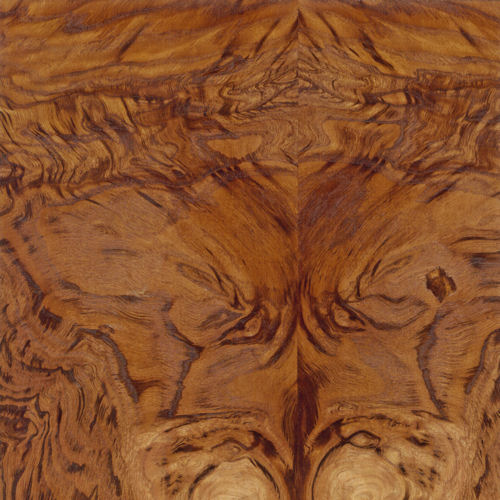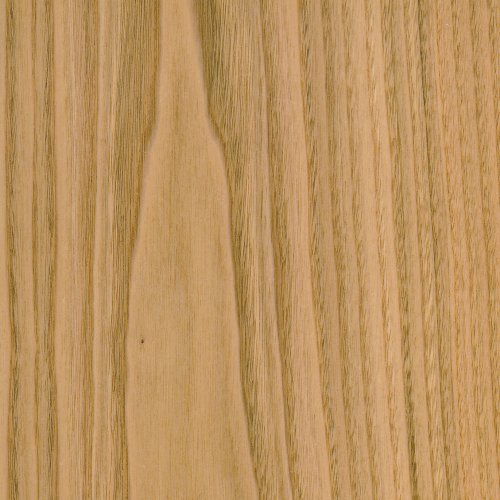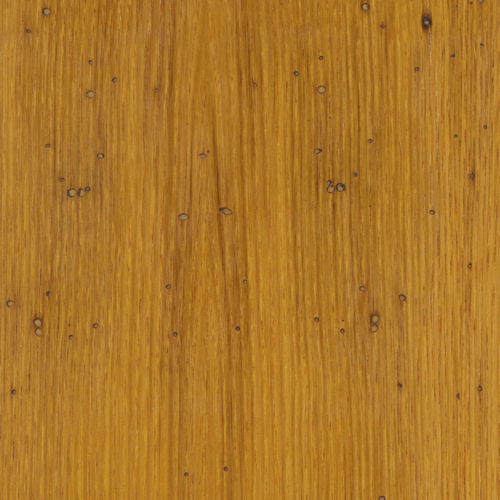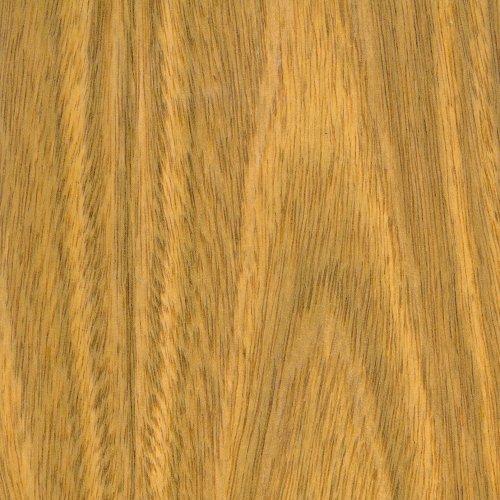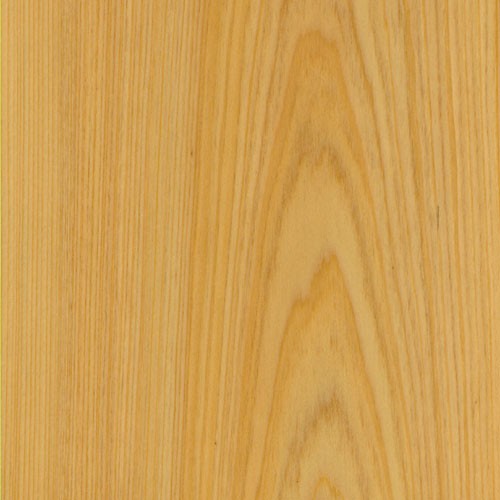American Chestnut
Until the early 20th century, American Chestnuts dominated the forests of Appalachia, making up to one quarter to one half of all the trees in the eastern United States. Growing up to 125 feet tall and as wide as 16 feet across, they were commonly called the “Redwoods of the East.”
For centuries, the American Chestnut was an absolute staple in American lives. Early pioneers prized the species for its delicious nuts and impressive wood. Not only was it incredibly durable, American Chestnut was one of the most rot-resistant hardwoods, making it one the most widely used species by furniture makers and home builders. In fact, many pieces crafted more than 100 years ago are still in existence today.
Then in 1904 tragedy struck. With close to four billion American Chestnuts towering over the landscape, a pathogen was detected in a tree in New York. It was quickly discovered to be Cryphonectria parasitica, a fungus that was accidentally imported from Asia on Japanese nursey stock. By 1950, almost the entire population of American Chestnuts was wiped out — only a few hundred mature American Chestnut trees survive.
Today, authentic American Chestnut wood is incredibly rare, almost all of it being wormwood. Because American Chestnut is so rot-resistant, even dead trees will remain standing for decades, but they tend to become habitats for worms and insects. So when trees in this condition are harvested today, they almost always host worm tunnels and discoloration from the elements as well.
Color-wise, the heartwood of American Chestnut is a light to medium brown that darkens to a reddish brown with age. Its sapwood is pale white to light brown. While the grain of American Chestnut is straight to spiral or interlocked, it has a coarse, uneven texture, and it’s always filled with wormholes.
A fast-growing hardwood, its nearly as strong as oak, yet lightweight. Making it a popular choice for architectural paneling, flooring, rustic furniture, shingles, reclaimed lumber, and auto interior for the highest-end brands.
Species Distribution:
Eastern United States
Scientific Name:
[Castanea dentata]Common / Alternative Names:
American Chestnut
Janka Hardness:
540 lbf
Sustainability Status:
CITES Appendices: Not listed
IUCN Red List of Threatened Species: Not listed
Related Species:
Sweet Chestnut (Castanea sativa)
Wormy Chestnut


